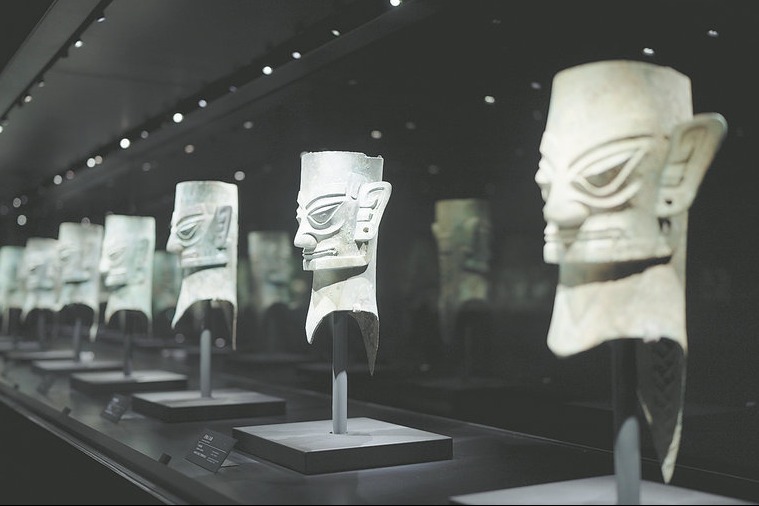Sights, sounds and scents from a sparkling thread
By Zhao Xu in New York | China Daily | Updated: 2019-12-07 09:00

"We know from his diligently kept journal that he bought this in an antique store in Shanghai for two dollars and 40 cents," Benington said. "We have his receipt. More an ethnographer than an art historian, Culin was interested in people's daily lives. So if he went to a restaurant in Shanghai he kept the menu and put it in his archives, which are now all with us."
Beningson intends to tell stories with the exhibits, about one third to half of which are either new to the collection or have not been on view for decades.
"Our display is only vaguely chronological. I want there to be narratives in different places so that if somebody comes in and doesn't want to spend hours going through the cases, he can just go to one case and can still get a good story and a good time."

Items that offer tantalizing glimpses into the lives of ancient Chinese include bronze belt hooks inlaid with gold threads; gemstone-embedded animal mat weights used to keep the floor mattress in place while people shuffled and moved on it; and a tiger-shaped ceramic pillow that inevitably raises the question of comfort in the mind of curious visitors.
Both the hooks and the weights are from the Han Dynasty (206 BC-AD 220), a period of territorial expansion and cultural prosperity closely associated with the forming of Chinese civilization and the opening of the Silk Road.
About 139 BC an envoy of the Han emperor Wudi embarked on a westward journey led by a man named Zhang Qian. The journey eventually took them 10 years, most of it spent in the captivity of the nomadic Xiongnu people (arguably the ancestors of the Huns who later posed a serious threat to the declining Roman Empire). For the next millennium until the 10th century the footsteps of these intrepid men were followed in both ways by equally adventurous merchants and their caravans, who trekked and traded on the 8,000-kilometer terrestrial route, before more maritime options became available.
























